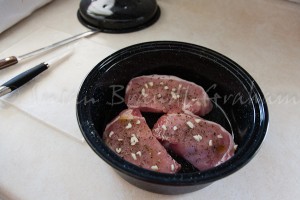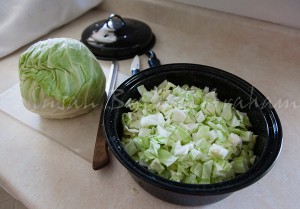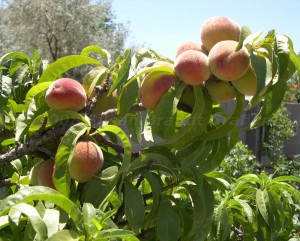Cooking with a Solar Oven
Cooking with a solar oven…a new experience for me this week. I have the Sport Solar Oven, but there are many different brands of solar ovens on the market at all different prices. My solar oven had been sitting in the box in which it came for a couple of years, and I finally found some time to unpack it and try it out. I will also credit a friend in Arkansas, Dr. Robert Allen, who had begun to use his solar oven, as an inspiration for me to get mine out and try it.
I decided to start with a recipe that was totally different from the things I usually cook, so that I would not be tempted, at least initially, to compare the solar oven results with recipes I had been cooking for years. I’ll move to my familiar recipes later, over the course of the summer. I looked over the recipes that came with the solar oven, and when I went to the store I found some beautiful pork chops that were on special this week. So, I decided to try this recipe first.
I started by preheating the oven in the sun while I was doing the food preparation. The temp in the oven was 250 F when I put the food in at 10:00 am. The temp in the solar oven quickly dropped to 150 F, then slowly climbed back up to around 250 F. Between 4:00 and 4:30 pm, the temp in the oven dropped rapidly back to around 210 F, even though there was plenty of sun and the ambient temp was 100 F in the shade of my back porch. The solar ovens stress the importance of the angle of the sun, and I became a believer with my first use of the solar oven. Some of the solar ovens come with reflectors. For my oven, reflectors can be purchased separately. I plan to buy reflectors for use in the winter when the angle of the sun is very low on the horizon, even on the bright and sunny winter days here in the desert southwest.
Continue reading




